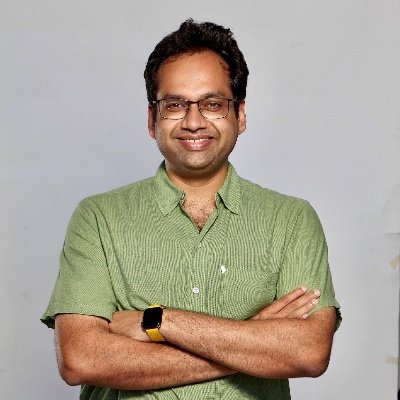Impact of Liberalization on the Healthcare Sector: A Comparative Study of India and China
4th April 2023
20 min read
by Shambhavi Joshi, Ovee Karwa, and Sahil Deo
Table Of Contents
Back To Top
Authors

Shambhavi Joshi
Associate Consultant
Shambhavi Joshi is an associate consultant CPC Analytics.

Ovee Karwa
Research Analyst
Ovee Karwa is a research analyst at CPC Analytics.

Sahil Deo
Co-Founder
Dr. Sahil Deo is a cofounder of CPC Analytics.
